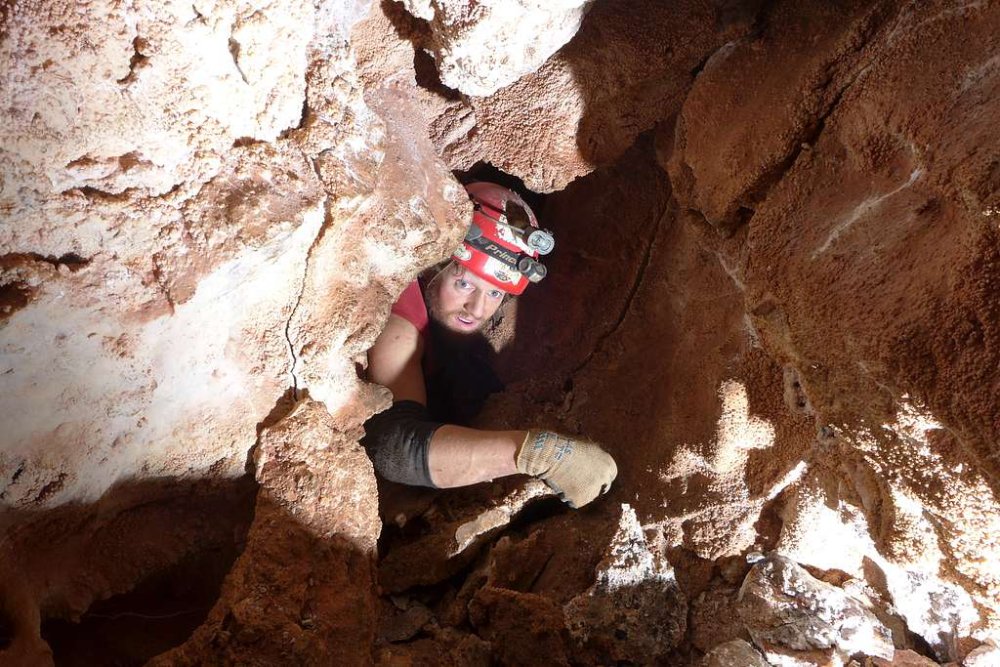Caving is an exhilarating adventure that brings us closer to the wonders of nature. Exploring underground caves can be both thrilling and peaceful. Yet, with its excitement comes the need for careful preparation. Handling caving emergencies is a crucial part of ensuring everyone’s safety and enjoyment.
While caving, people frequently run into unforeseen difficulties. These situations, which range from becoming lost in the dark to handling unexpected injuries, can be terrifying. But don’t worry, because knowing what to do can help. You’ll learn how to confidently handle these situations by following this guide.
For comprehensive safety advice, including specific instructions for handling emergencies, during your caving excursions, continue reading.
Understanding Caving Emergencies
Caving emergencies can range from minor inconveniences to serious situations. Some common issues include getting lost, injuries, or running out of supplies. The key is to be prepared and stay calm.
1. Stay Calm and Assess the Situation
The first thing to do in an emergency is to take a deep breath and remain composed. Panic can impair judgment and exacerbate the circumstance. Take a moment to evaluate the situation. Are you disoriented? Has someone been hurt? Finding the ideal solution will be made easier if you comprehend the issue.
2. Have a Plan Before You Go
It’s important to prepare. Make sure you have a good plan in place before you even enter a cave. Tell someone outside the cave what you’re doing and when you expect to be back. If at all possible, bring a map of the cave with you, and make sure you have enough food, water, and first aid supplies.
3. Essential Safety Equipment
Having the right gear can make a big difference in an emergency. Here’s what you should always bring:
- Helmet: Protects your head from falling rocks and bumps.
- Headlamp: A reliable light source is crucial in the dark.
- First Aid Kit: For treating minor injuries.
- Extra Batteries: Keep your headlamp working throughout your trip.
- Food and Water: Stay hydrated and energized.
4. What to Do If You Get Lost
Getting lost in a cave can be terrifying, but staying calm is essential. Here’s a step-by-step guide to help you:
- Stop and Listen: Try to hear any sounds that could guide you.
- Mark Your Path: Use chalk or markers to leave signs of your path.
- Find Shelter: If it’s going to be a while before you find your way out, find a safe place to wait.
- Call for Help: If you have a means to contact the outside world, use it.
Read about the teamwork in caving.

5. Handling Injuries
Injuries can happen, and knowing how to handle them is important:
- Assess the Injury: Determine how serious it is.
- Apply First Aid: Treat minor injuries with your first aid kit.
- Immobilize the Injured Area: If someone has a broken bone, keep the area still.
- Seek Professional Help: If the injury is severe, call for rescue.
6. Dealing with Exhaustion and Dehydration
Caving can be physically demanding. To avoid exhaustion and dehydration:
- Take Regular Breaks: Rest periodically to avoid fatigue.
- Stay Hydrated: Drink water throughout your trip.
- Eat Nutritious Snacks: Keep your energy levels up with healthy snacks.
7. Follow Cave-Specific Rules
Every cave may have its own set of rules. Make sure to:
- Respect Wildlife: Avoid disturbing any animals you encounter.
- Preserve the Environment: Don’t touch or remove formations.
- Stick to Designated Paths: Follow marked trails to avoid getting lost.
You Might Like to Know
How can I be safe while caving?
Safety while caving involves thorough preparation. Always let someone know your plans, carry essential gear like a helmet and headlamp, and have a map of the cave. Staying calm and prepared will help you handle any emergencies that come up.
Guide on how to read cave maps.
What safety equipment do you need for caving?
For caving, you should have a helmet, a headlamp with extra batteries, a first aid kit, and sufficient food and water. These items help ensure your safety and comfort during your adventure.
What are the rules of caving?
Caving rules include respecting wildlife, preserving the cave environment, and sticking to designated paths. Follow these rules to help protect the cave and make your experience enjoyable.
What to do if stuck in a cave?
If you’re stuck in a cave, stay calm. Try to retrace your steps, mark your path, and seek shelter if necessary. Use any communication devices to call for help if possible.
What precautions should we take while inside the cave?
While inside a cave, take precautions like avoiding touching formations, staying on marked paths, and monitoring your physical condition. Regular breaks and hydration are also important.
Conclusion
Handling caving emergencies is all about preparation and staying calm. By understanding potential challenges and having a solid plan, you can enjoy the wonders of caving while keeping yourself and others safe. Remember to bring essential gear, follow cave-specific rules, and stay aware of your surroundings. With these tips, your caving adventures can be both safe and unforgettable.
